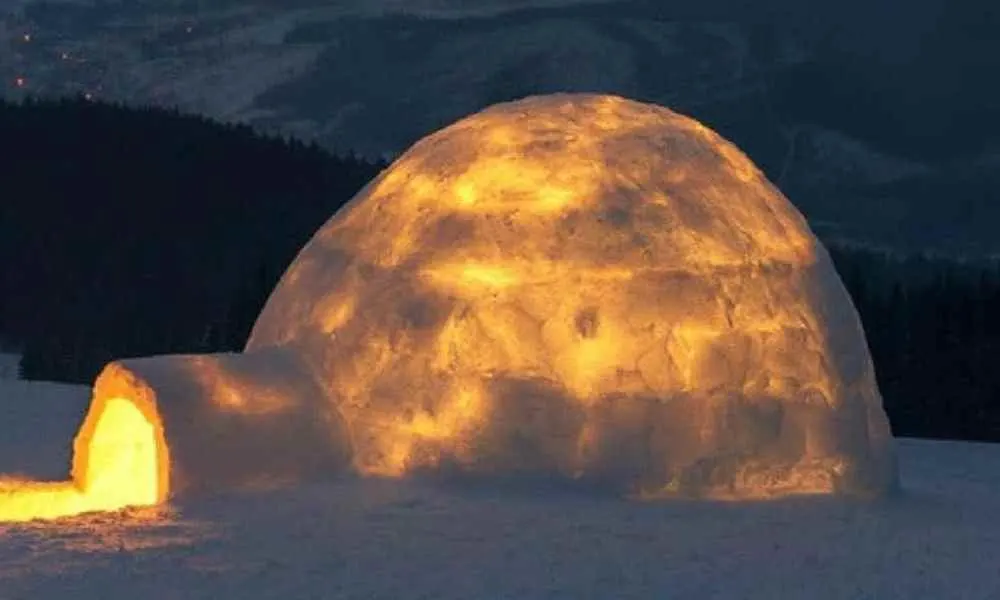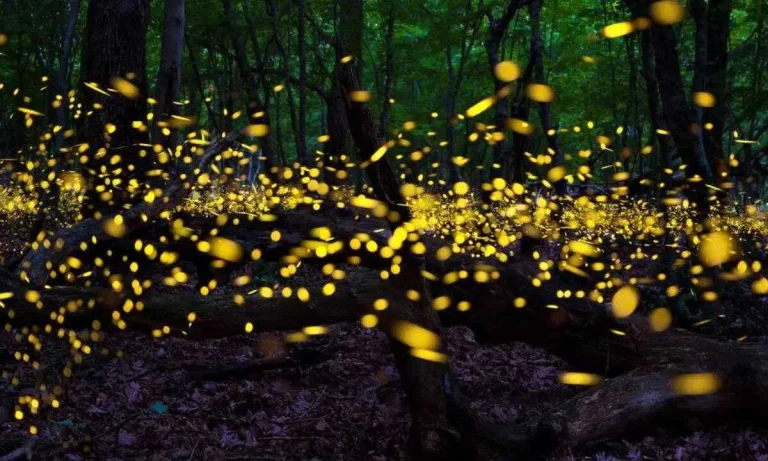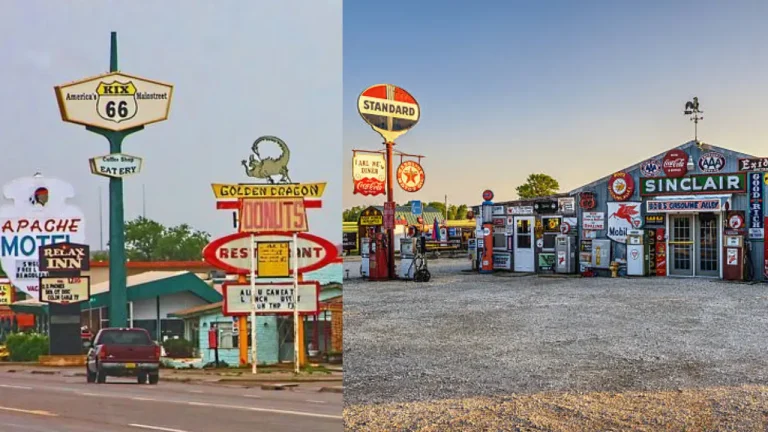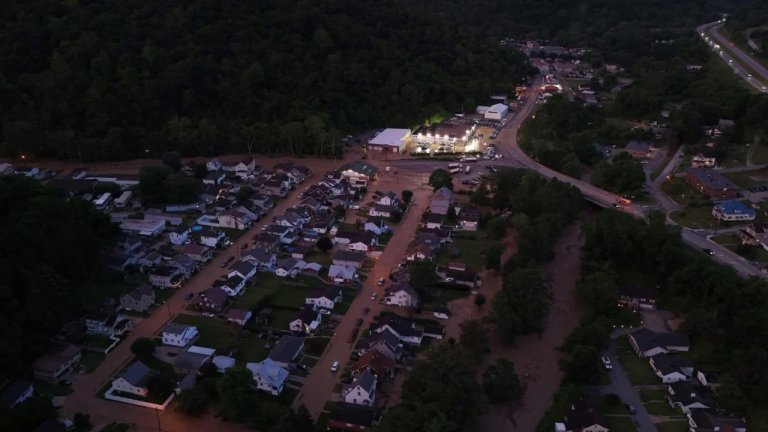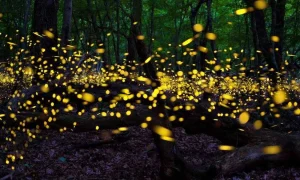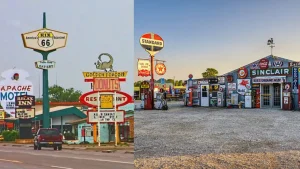Igloos, the iconic snow shelters associated historically with Eskimos or Inuit is a marvel of architecture. These structures are made for survival in some of the harshest environments on Earth. These houses are constructed using blocks of compressed snow. Therefore, the most important question is, How do people stay warm inside an Igloo? The design of the igloo plays a crucial role in achieving the right temperature.
The warmth of an igloo is a result of its material and shape, which together create an insulating effect. Snow contains a significant amount of trapped air, making it an excellent insulator. This quality prevents heat generated inside the igloo, such as from body heat or a small fire, from escaping. Additionally, the dome shape causes cold air to settle at the bottom. Warmer air rises up and maintains a comfortable temperature at the base. Let’s dive in to learn more about how even a fire inside can’t melt down the igloo!
How do igloos stay warm?
Igloos are creative structures built from compacted snow, featuring a domed design that optimizes heat retention. With freezing ice all around, How Do People Stay Warm Inside An Igloo? Snow, surprisingly, acts as a great insulator because it contains trapped air pockets, which are poor conductors of heat. This ensures that heat generated inside does not escape easily.
When an Inuit builds an igloo, the interior can retain warmth from body heat, oil lamps, or even a small fire without causing the structure to melt. This is possible because the melting point of snow is just above 0°C (32°F), and the heat inside an igloo seldom reaches this melting point.
The igloo’s walls serve to reflect body heat back inside the space, rather than absorbing it. This helps further prevent heat from scattering into the freezing icy environment. Additional structural features include a lower entrance area and a raised sleeping platform. Both these features improve the insulation. Cold air settles in the entrance, creating a cold trap, while the sleeping area retains warm air that rises.
Typically, the temperature inside an igloo is kept at a range, between -7°C to 16°C (20°F to 60°F). But this depends on the outside temperature and the heat sources used. This is much warmer compared to the external arctic temperatures that can drop as low as -45°C (-50°F).
Understanding the heat retention properties of snow and combining them with smart design allows these snow houses to provide a cozy shelter amid an icy landscape.

How do igloos not melt with a fire inside?
Igloos are carefully planned structures. The key lies in the properties of snow and ice, as well as the clever design of the igloo’s dome shape.
The dome shape of igloos encourages a warm air pocket to rise to the top, while cooler air stays down. A small ventilation hole at the top allows smoke to escape and manage the temperature within. It stops the inside of the igloo from becoming too warm.
A fire inside an igloo does cause minimal melting of the inside layer of snow. However, this water refreezes and adds another layer of ice that further insulates the igloo. This delicate balance ensures that heat from a fire is spread evenly without causing the structure to collapse.
The sleeping platform is usually built higher than the ice floor. As heat rises, it keeps the sleeping area warm. The lower cold air at the bottom keeps the base of the igloo solid.

How do you make an igloo?
The process of building an igloo involves careful design and construction to create a shelter that is both functional and efficient in temperatures.
Design and Construction
An igloo is dome-shaped. It allows for an even distribution of pressure and prevents collapsing. It begins with the drawing of a circle in the snow to outline the base. Blocks of compacted snow, often cut from the inside of the circle, are then carefully placed in an upward and inwards spiral. It creates the iconic igloo shape. The blocks must be angled correctly to secure stability and gradual formation of the dome.
Traditional Methods
Traditionally, Inuit builders would use only a snow knife and a saw to extract and shape the snow blocks. The key is to make all blocks uniform in size for consistency. As the rows climb, the builder trims the top of the previous row to create an inclined surface for the next set of blocks.
Science Behind the Shape
The dome’s curve keeps the interior fairly warm despite exterior temperatures.
The final block, often called the “keystone,” is wedged in place at the top of the dome. Any gaps are filled with packed snow for extra insulation. A small entrance tunnel is dug at the base, which traps cold air and keeps the living space warmer.
These construction techniques, materials, and design principles reflect the creativity of those who’ve lived in Arctic regions.
Why is an Igloo the Best Choice for a Shelter in the Arctic?
Igloos stand out as the best shelters in the harsh Arctic climate. This is due to their unique construction and materials with insulative properties.
The air trapped within the compressed snow acts as a buffer against the cold, aiding in maintaining a relatively warm and stable interior temperature. Even when external temperatures plunge to 50 ℃ below zero.
Additionally, igloos are highly resilient to the Arctic winds and storms. Unlike tents or other temporary shelters, an igloo’s dome shape distributes applied force evenly across. It reduces the risk of collapse.
How long will an Igloo last?
The longevity of an igloo largely depends on environmental factors and construction. Typically, an igloo can last anywhere from a few days to several weeks, or maybe even a couple of months. But it does not take up much time to rebuild one.
Key Factors Influencing Igloo Longevity:
- Temperature: Stably cold temperatures well below freezing are crucial. An igloo will last longer in consistent, sub-zero temperatures.
- Sun Exposure: Limited direct sunlight helps prevent premature melting.
- Usage: Regular use can somewhat maintain the interior shape as body heat slightly melts the snow, which then refreezes to harden the structure.
Reasons for Collapse:
- Warming Temperatures: As temperatures rise above freezing, the igloo’s snow and ice will begin to melt and compromise the igloo’s structural integrity.
- Physical Disturbance: Excessive weight or force applied to the igloo can lead to a collapse.
- Natural Events: Heavy snowfall, rain, or wind could weaken or damage the structure.
However, if temperatures persistently climb, or if there are structural flaws in the igloo’s construction, the likelihood of collapse increases. Each igloo’s lifespan is unique, with these key factors contributing to exactly how long an igloo will last.
Where did igloos originate from?
Igloos trace their roots to the Inuit people of the Arctic. Specifically, these snow houses were a form of temporary winter shelter for hunters on the icy lands of Canada and Greenland. The Inuit, who are indigenous to these harsh climates, developed the igloo as a survival tool against the brutal Arctic winters.
The word “igloo” comes from the Inuit language, translating to house.
These structures were not permanent homes but were essential for survival during hunting expeditions. As skilled hunters, the Inuit relied on igloos as a means of on-the-go shelter that could be constructed anywhere there was abundant snow.
Does anyone still live in igloos?
Today, the permanent use of igloos as homes has largely ceased. Inuit cultures have transitioned to modern housing, which provides better insulation and amenities that withstand the harsh Arctic climate.
Despite this transition, igloos have not vanished entirely. In some remote communities, the skill of building igloos persists, serving as an emergency shelter or for cultural education.
Even now, they are constructed for temporary stays during hunting and fishing expeditions. Even though igloos are no longer a standard form of housing, they continue to symbolize a remarkable adaptation to the Arctic environment.

Conclusion
Igloos are marvels of traditional engineering that create warm spaces in freezing environments. But How Do People Stay Warm Inside An Igloo? when they are made of compacted snow. Insulation is the primary method by which igloos retain heat. The compacted snow from which they are constructed contains trapped air pockets, serving as an insulating layer that halts the transfer of heat to the outside.
Additionally, the body heat generated by occupants raises the internal temperature of the structure. Igloo builders also design these snow houses with an entrance tunnel that dips lower than the living area to prevent cold air from seeping into the living space, as cold air settles at the lowest point.
Snow’s properties—being a poor heat conductor—combined with the shape of an igloo, often a dome, help in maintaining a warmer atmosphere inside. The dome shape ensures a stable structure while maximizing the contained heat. Strategically placed, the sleeping area is elevated, as heat rises and allows inhabitants to benefit from the warmest air at the highest point inside the igloo.
Also read,


